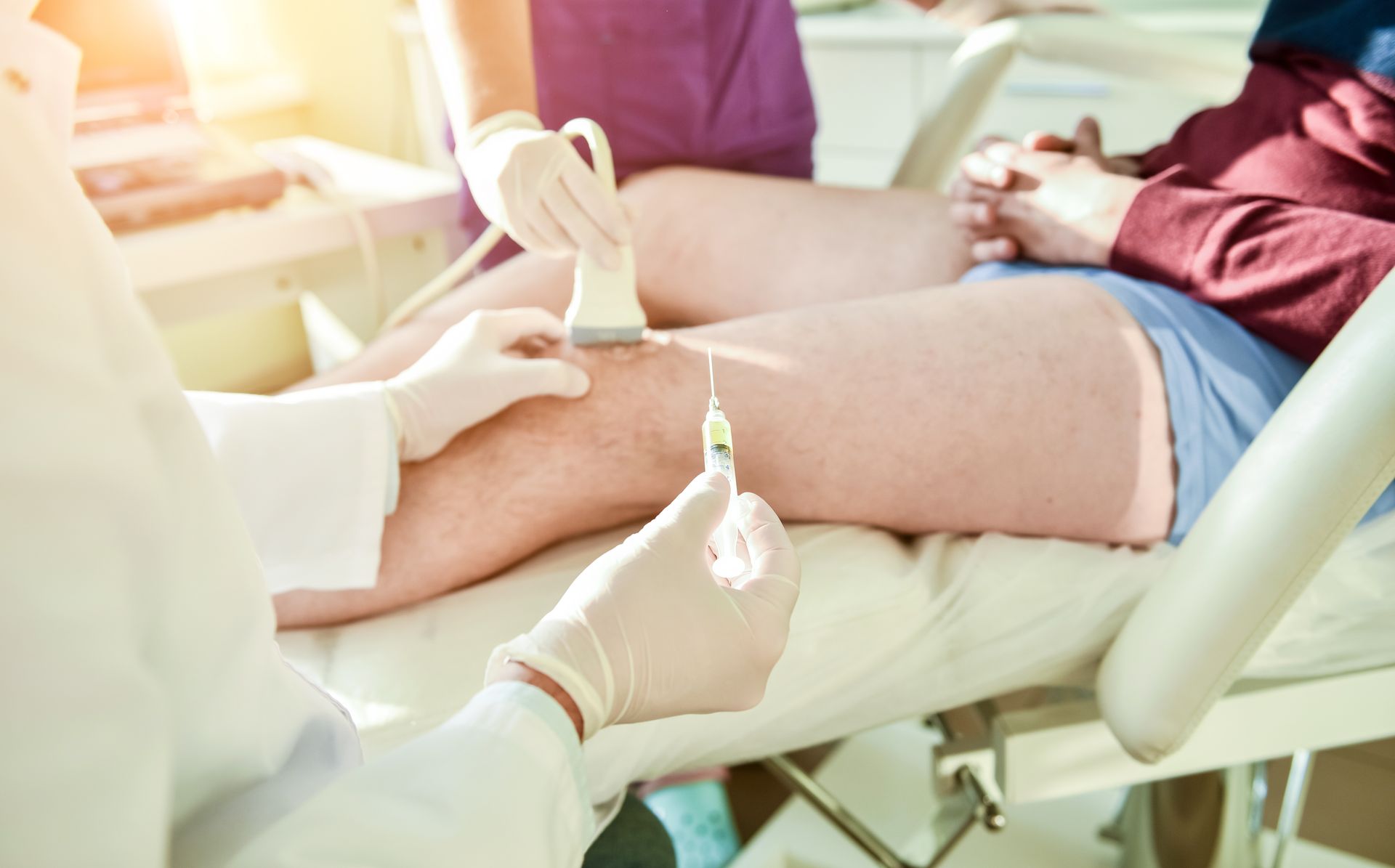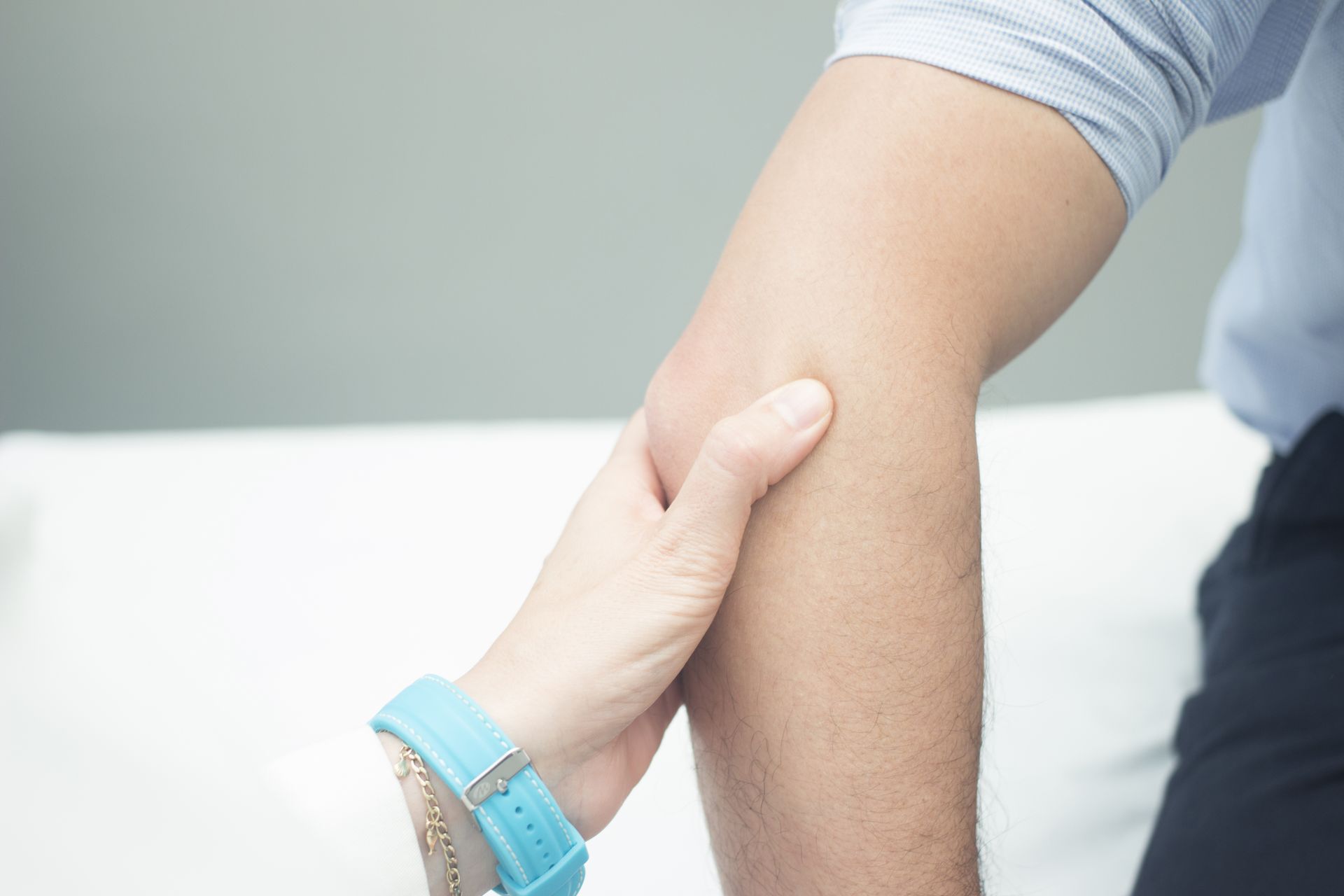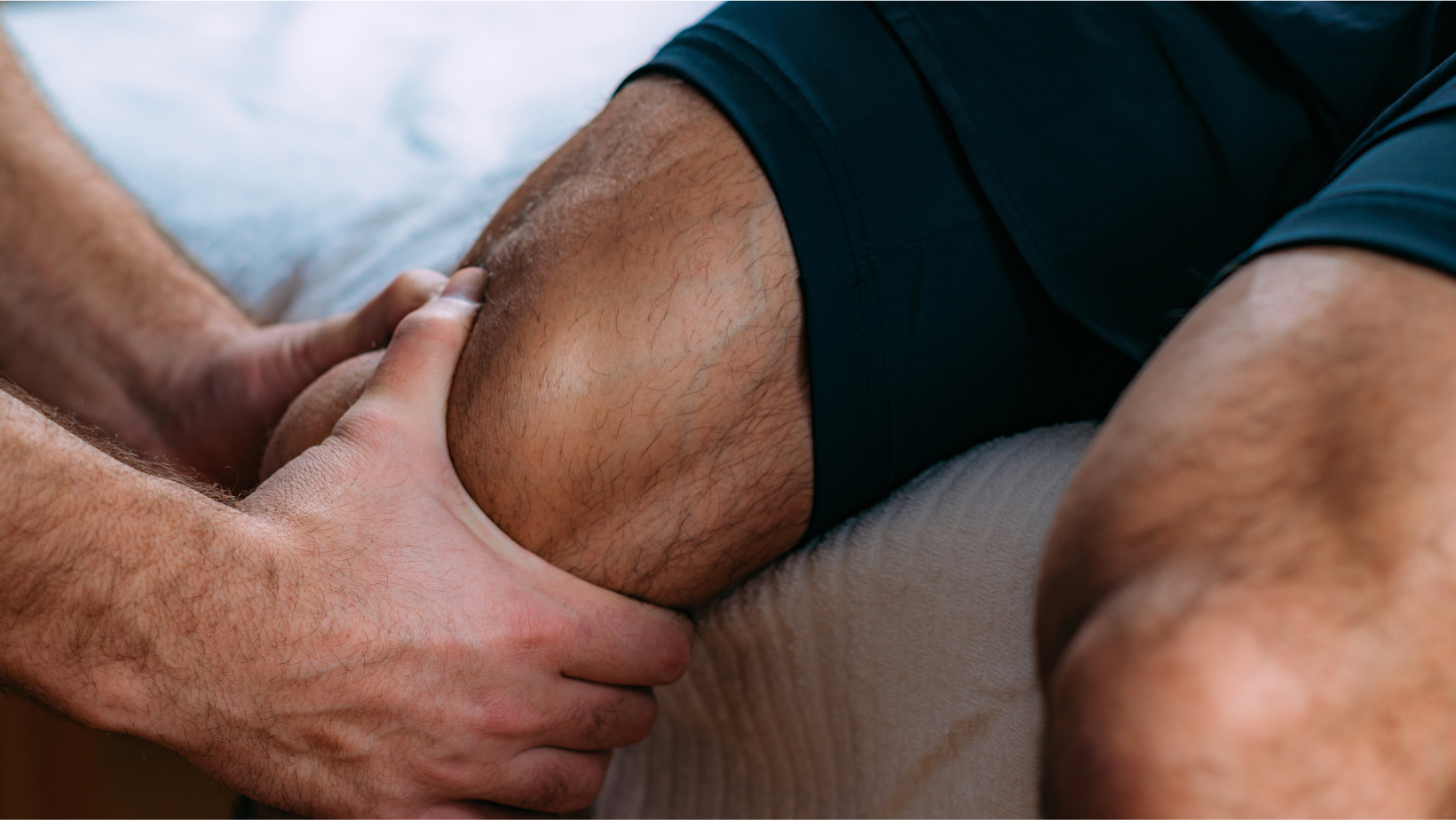The Benefits of Ultrasound-Guided Injections
Ultrasound-guided injections are a medical procedure where an ultrasound machine is used to guide the placement of a needle and injection substance into a specific area of the body. The technique involves the use of high-frequency sound waves that create images of the internal structures of the body, allowing healthcare professionals to visualise the target area in real time. This enables them to accurately identify the optimal location for the injection and confirm the correct placement of the needle and the injection substance.
Ultrasound-guided injections have become increasingly popular in recent years as they offer several advantages over traditional blind/surface-marked injections.

The benefits of Ultrasound Injections include:
- Improved accuracy: Ultrasound guidance enables healthcare professionals to visualize the internal structures of the body in real-time, allowing for more accurate needle placement and injection substance delivery.
- Enhanced safety: By guiding the injection using ultrasound, the risk of tissue trauma, incorrect needle placement, and injection substance delivery is reduced, making the procedure safer and reducing the risk of adverse events.
- Improved outcomes: Research has shown that ultrasound-guided injections result in better outcomes, including improved levels of pain relief, longer-lasting benefits, and improved post-injection function of the injected area.
- Reduced need for repeated injections: Since the injection site's location is more accurately determined, the probability of unnecessary injections is reduced, potentially saving time and resources.
- Increased patient comfort: Ultrasound-guided injections are often more comfortable for patients as the necessary depth of the injection can frequently be decreased, resulting in less pain and discomfort during the procedure.
- Overall, ultrasound-guided injections offer a more precise, safe, and comfortable alternative to traditional injections, making them an increasingly popular choice in clinical practice.
What can ultrasound-guided injections be used for?
- Frozen shoulder
- Tennis elbow
- Golfer’s elbow
- Greater trochanteric pain syndrome
- Osteoarthritis of the knee
- Osteoarthritis of the hip
- Morton’s neuroma
- Carpal tunnel syndrome
- Plantar fasciitis
- Shoulder impingement
- Shoulder bursitis
- Acromioclavicular joint pain

Chelmsford Physio has developed a unique service directly tailored to the wants and needs of our patients. A one-stop shop, fast, efficient and safe service for patients to obtain pain relieving injections for a broad range of musculoskeletal conditions.
Chelmsford Physio has a specialised team of clinicians who have undertaken extensive training to provide this service. Our clinical specialists have trained as musculoskeletal sonographers (the clinical use of diagnostic ultrasound). They have also completed extensive training to be qualified to prescribe medications independently which means we do not require a referral from your GP.
This allows for our unique one-stop shop ultrasound-guided injection service, whereby patients are able to book to attend a single consultation and received a physical assessment, diagnostic ultrasound and ultrasound-guided injection all in the same visit. This is a highly specialist and innovative service that has been specifically designed to improve patients’ easy access to pain-relieving injections while simplifying patients’ journeys and maintaining a first-class level of care.
Visit us today to book your ultrasound injection session:
Book Appointment Here
Chelmsford Physio
Riverside Leisure Centre, Victoria Rd, Chelmsford CM1 1FG



